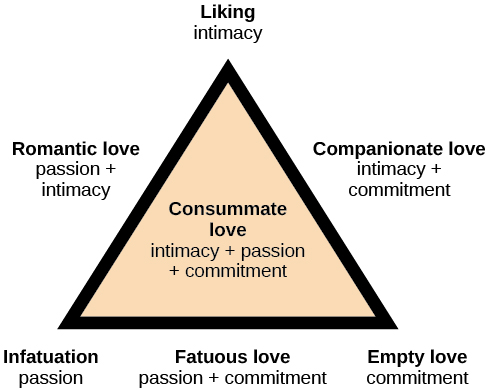The Rolodex of Hate: Sternberg’s Triangular Theory of Hate
Much like his ever popular triangular theory of love, this works the same way. But the emotions manifest itself in the negative spectrum, and it goes into different forms. The components of this theory are repulsion and disgust in place of Intimacy; anger or fear, which is the passion in the hate; and devaluation through contempt, the commitment in hate.
Repulsion and hate is characterized by the distance or the disengagement of the person with the subject of his or her hate. It is said that the object arouses repulsion or disgust from its characteristics or actions, and to the extreme of false propaganda. In the previous article, I mentioned something about the nature of hate, how hate gets inculcated into the people’s mindsets, and I will further explain this in the Theories at a later article.
It is also known as the negation of intimacy. According to Eric Berne’s Transactional Analysis, we live in a type of economy run by strokes. A stroke is any form of interaction with another person, whether good or bad. If a person gets good strokes, a hug or words of encouragement for example, he or she will feel better about himself. Conversely, if a person receives negative strokes, a slap in the face or an insult for example, he or she will most likely feel bad about himself. The sad part about this is that more often than not, people usually would prefer negative strokes rather than not receiving strokes at all because at least their existence is validated.
But here in this component of hate, this removes all interaction to the person, which may cause the person to feel bad about himself or herself. It is as if it was the negation of their existence under the lens of Berne’s Transactional Analysis.
The second component of the triangular theory of hate is the anger or fear. It is characterized by intense anger or fear in response to a threat. Much like passion, this is more the iddish side of the components, usually likened to the flight or fight response in humans.
According to Gordon Allport, “whatever sensed as a threat is hated”. Take into the context of animals during mating season, the male fights off any competition with a potential female. It can also be applied with humans in the context of competitions. I remember in one of my tournaments, I can always feel something negative towards my fellow competitors during a debate round, and I didn’t know why. When I encountered this theory, it was when I realized that this was the reason. They were threats to something I wanted, which was a slot in the Championship.
The final component of the triangular theory of hate plays on the commitment side of the triangle. It is characterized as the person viewing the target as barely human or subhuman. This is basically the inner workings of hate, the reason why hate is there in the first place. It will be expounded in the theories, but basically this happens when a person thinks that the object of hate is different, and it irks the person into thinking that he or she has to dislike the person because of it.
Taxonomy
Much like its positive counterpart, hate also has six manifestations, and it is as follows.
- Nonhate – Merely the absence of hate.
- Cool Hate: Disgust – This is characterized by the presence of disgust or the negation of intimacy alone. The person wants nothing to do with their object of hatred. Here, no action against it occurs because they would rather avoid it than confront it.
- Hot Hate: Fear/Anger – This taps into our fight or flight responses, characterized by the presence of fear or hate alone. It is the hot, reactive response we see in road rages. Unlike Cool hate, these people would rather confront the object rather than avoid it.
- Cold Hate: Devaluation through Contempt – This is characterized by the person’s thoughts of unworthiness diverted toward the target group. The narrative “There is something wrong with him/her/them” comes into play.
- Boiling Hate: Revulsion – This is characterized by the combination of disgust and fear/anger. The person views the object of hate as a threat and something must be done to eliminate the threat.
- Simmering Hate: Loathing – It is characterized by the combination of disgust and devaluation. Oftentimes, the person views the object of hate as disgusting, and would oftentimes commit to the idea that they have always have been like that. An example of this was when Lee Oswald killed JFK.
- Seething Hate: Revilement – It is characterized by the combination of fear/anger and commitment. The person thinks that the object of hate is a threat to the him/her and commits to the idea that they have always been like that.
- Burning Hate: Need of Annihilation – This is the most extreme form of hate, characterized by the combination of all three components of the triangle. Crimes of hate, genocides, and mass murders are under this category.
What do you think? I’d love to hear from you! In the next article, I will discuss the theories of hate: why do people hate? Thanks and see you then!




Responses